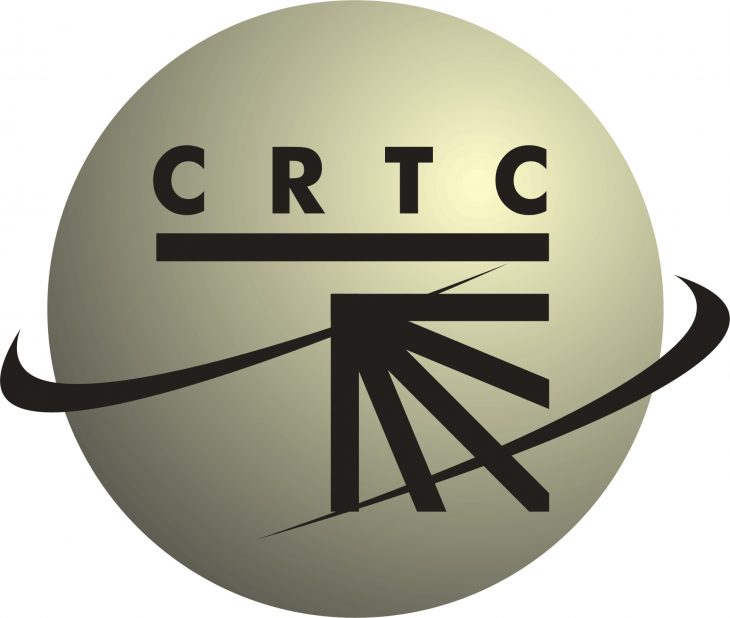
GATINEAU — The CRTC today denied Bell’s application to review and vary the Commission’s December 2019 decision that ordered Bell to deploy one-way toll-free (TF) trunks between Bell’s network and Rogers’s network to carry TF traffic destined for Bell TF numbers.
Shortly after the Commission released its decision on December 2, 2019, Bell filed an R&V application which said the correctness of the ruling was in substantial doubt. In addition, Bell requested a stay of the decision until the Commission ruled on the R&V application.
In the December decision, the Commission had told Bell to have the toll-free trunks deployed by April 30, 2020, but in early April, the Commission extended the deployment deadline until August 17, 2020 and also told Bell to file revised proposed tariff pages by July 20, 2020.
In today’s decision, the Commission rules there are no errors in fact or law that raise substantial doubt regarding the correctness of its original decision and therefore denies Bell’s R&V application. This makes Bell’s request to stay the decision a moot point, adds the Commission. In addition, Bell had put forward an alternative request to allow it to negotiate a different arrangement with Rogers, but the Commission denied this request in today’s decision as well.
As such, the Commission says Bell must still file revised tariff pages by July 20 and implement the toll-free trunks between its network and Rogers’s network by August 17, as previously directed.
The Commission still hasn’t ruled on an expedited R&V application filed by Rogers in which it asks the regulator to review the timeline extension given to Bell for the deployment of the toll-free trunks.
After several months of attempted negotiations with Bell, Rogers filed a Part 1 application in May 2019 asking the CRTC to settle the dispute, as reported by Cartt.ca. Rogers argued Bell was refusing to negotiate an alternative and reciprocal routing arrangement with Rogers. That means when Rogers residential customers dial Bell’s toll-free telephone number (TFTN) customers, Rogers routes the calls over its own two-way Bill and Keep (B&K) trunks to Bell. Rogers says this creates a traffic imbalance in Bell’s favour, resulting in Rogers compensating Bell. However, when Bell’s customers dial Rogers TFTN customers, Bell will not route this traffic over Bell’s two-way B&K trunks, instead forcing Rogers to use its own toll trunks to route toll-free traffic destined for Rogers TFTN customers.



